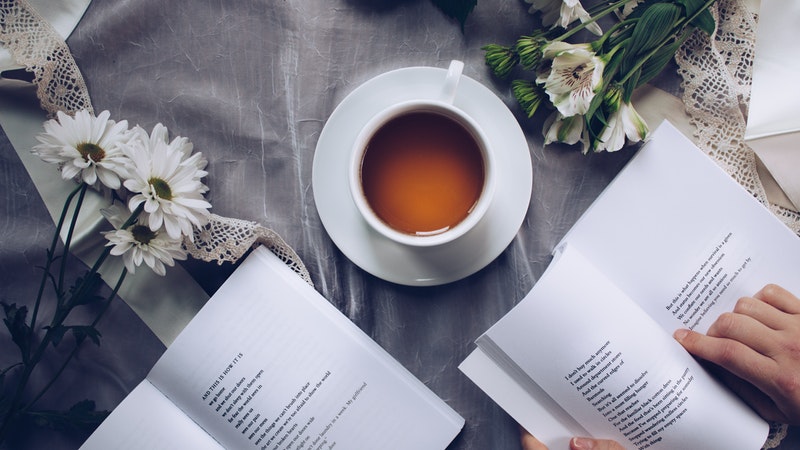Final Tips and Wrap-Up
Episode #10 of the course The science of tea by Lukasz J. Binkowski
Welcome to the last lesson of the course!
Today, I want to discuss with you the best way of storing of tea, give you a quick tip for brewing tea, and wrap up the whole course.
Storing Tea
When we buy a high-quality expensive tea, we should make sure to store it properly. Otherwise, good tea may go flat, take on odors from its surroundings, or just rot.
Always keep your tea out of direct light, store it in a hermetically sealed box at a moderate temperature, and keep it dry. As you may guess, the shelf above your stove in the kitchen is certainly the one of the worst places to store tea.
In general, tea keeps its freshness for a long time. White and green tea have the shortest shelf life (usually one year), oolong and black tea last longer (up to three years), and fermented tea keeps best (up to five years).
Temperature Trick
As mentioned in Lesson 9, the temperature at which tea is brewed is crucial for making a great cup of tea. The best way is to take the temperature of the water before pouring it into the pot or cup, but this is not always possible and may be tricky. One trick is to check how fast the temperature of the water in your kettle falls using a thermometer. Once you do that, you will be able to calculate the temperature based on the time elapsed.
Short Wrap-Up of the Course
Here are a few key facts from the course for you to remember:
• Tea originated in China almost 5,000 years ago.
• Tea has spread throughout the whole world, but China still remains its main producer, followed by India, Kenya, and Sri Lanka (previously known as Ceylon).
• All types of teas (white, green, oolong, black, and fermented) are made from Camellia sinensis, commonly known as the tea plant. The differences between the teas come as a result of processing and various levels of oxidation.
• The tea infusion contains such components as caffeine, amino acids, antioxidants, and vitamins, as well as a number of other elements.
• We cannot say that some types of tea contain more antioxidants than others; the composition of antioxidants in different teas is different.
• The caffeine embedded in tea is called theine, but it is basically the same component found in coffee.
• High-quality tea is usually produced manually (such as hand picking, hand rolling, etc.).
• Black tea is the most popular tea in the world. It received its name from the color of leaves used during brewing and is fully oxidized.
• Green tea is extremely popular in China and Japan. This type of tea does not undergo oxidation.
• The temperature of water is a critical for tea infusion. Black tea and oolong should be brewed in water of 95°C (203°F) or even slightly higher; green and white tea should be brewed in water between 70°C and 85°C (158°F and 185°F, consecutively).
It was a pleasure to introduce you to the world of tea. In this course, we had an opportunity to discuss only the basics of what is known about tea. But there is so much left to be discovered by you. I wish you lots of fun and pleasure studying and tasting your way around the world of tea!
See you with a cup of tea somewhere in the world!
Lukasz
Recommended book
The Ultimate Guide to Chinese Tea by Bret Hinsch
Share with friends

